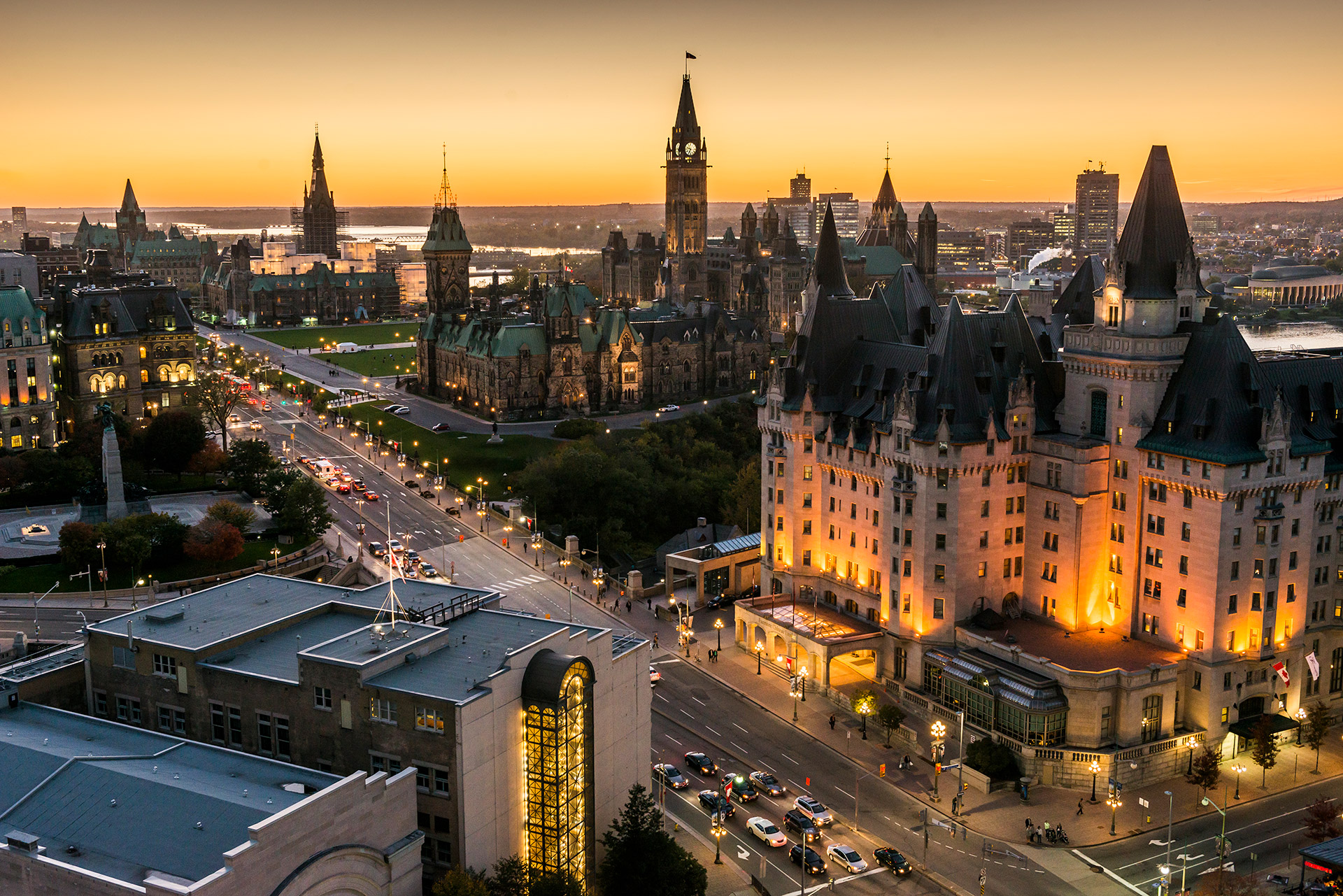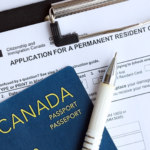
Federal reversal: Ottawa restores PNP nomination slots after 2025 cuts
In a notable policy shift, Immigration Minister Lena Metlege Diab announced on October 16 that the federal government will restore additional nomination spaces to provincial nominee programs (PNPs) for 2025. The move rolls back part of last year’s sharp reduction in provincial allocations and comes after sustained pressure from provinces and industry groups that warned the cuts would worsen local labour shortages.
What changed
- In November 2024 the federal government reduced the national PNP nomination allotment from 110,000 (2024) to 55,000 (2025).
- Minister Diab told provincial and territorial counterparts that some jurisdictions will now receive a late-year increase in their PNP quotas to correct “slippage” against broader immigration objectives.
- Nova Scotia was specifically named as a province that will receive a significant boost to its allocation; exact new figures have not been published. Other provinces that have already negotiated increases include Manitoba, New Brunswick, British Columbia, Newfoundland & Labrador, Saskatchewan and Alberta.
Why provinces pushed back
Provincial nominee programs are a key tool for provinces and territories to recruit and retain workers with the right skills for local labour markets. The 2024 cut—roughly halving the PNP capacity for 2025—raised alarm among provincial governments, employers and labour market planners who rely on PNPs to fill frontline and skilled roles in health care, construction, trades and regional services.
How the restored slots are expected to be used
- Target urgent labour gaps. The restored nominations are intended to help provinces address shortages in health care, skilled trades, manufacturing and other priority sectors.
- Support regional growth. Smaller communities and regional employers, which depend more heavily on provincial nomination streams than large urban centres, are expected to benefit.
- Speed up provincial recruitment. Additional space should allow provinces to nominate more candidates who already have jobs, job offers, or strong community ties.
Political and operational implications
- The reversal signals Ottawa’s responsiveness to provincial concerns, but it also highlights the ongoing tension between national immigration targets and regional labour needs.
- Provinces may press for clearer, longer-term guarantees rather than last-minute adjustments. Analysts caution that piecemeal increases ease immediate pressures but do not substitute for a stable, predictable nomination framework.
- The restored slots are a short-term correction ahead of the forthcoming 2026–2028 Immigration Levels Plan, which will set allocations and targets for the next multi-year period.
Potential challenges ahead
- Allocation transparency: Stakeholders will watch closely how Ottawa distributes added slots and whether decisions are timely and well-justified.
- Administrative capacity: Provinces must mobilize employer outreach, application processing and settlement supports quickly to make use of any late-year increases.
- Public expectations: Reversals can raise public expectations for further increases; Ottawa faces pressure to balance provincial appeals with national capacity concerns, including housing and services.
What this means for applicants and employers
- Employers in priority sectors may see renewed opportunities to recruit internationally through PNP streams.
- Job-seeking candidates who match provincial needs could benefit from additional nomination windows and invitations.
- Prospective nominees should monitor their province’s PNP announcements and ensure employer documents, licensing and application materials are ready.
Bottom line
The federal adjustment restores some of the PNP capacity lost in 2024 and underscores the central role provincial nominee programs play in keeping Canada’s labour market functioning—particularly outside major metropolitan centres. Whether the late-year increases evolve into a longer-term, predictable model for regional immigration will be a central issue as Ottawa finalizes the next Immigration Levels Plan.
For a consultation about Immigration options, reach out to the CAD IMMIGRATION today!





